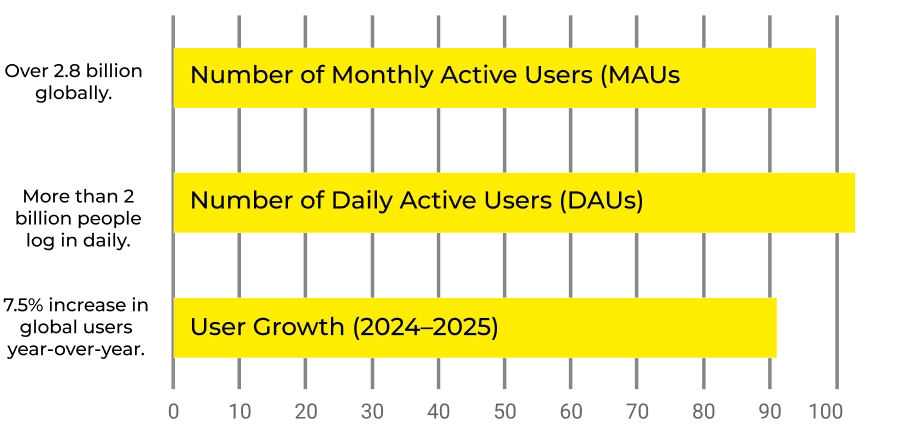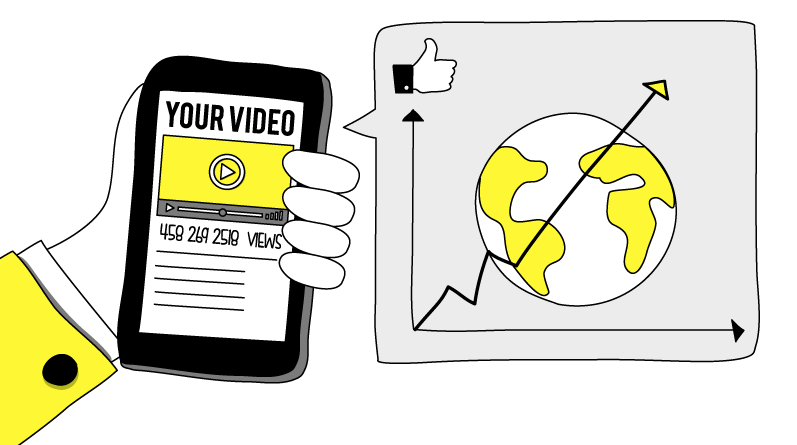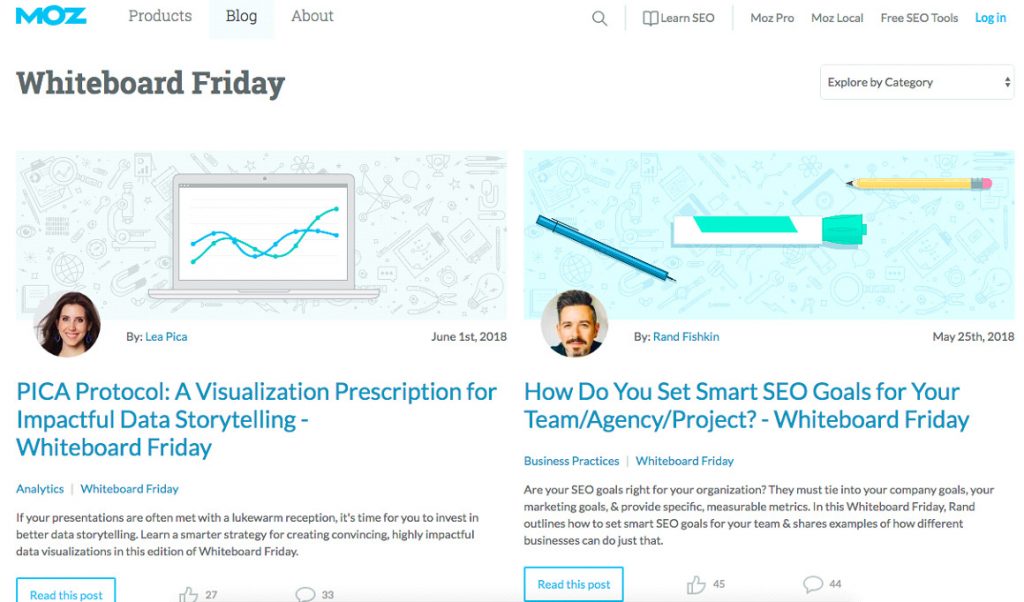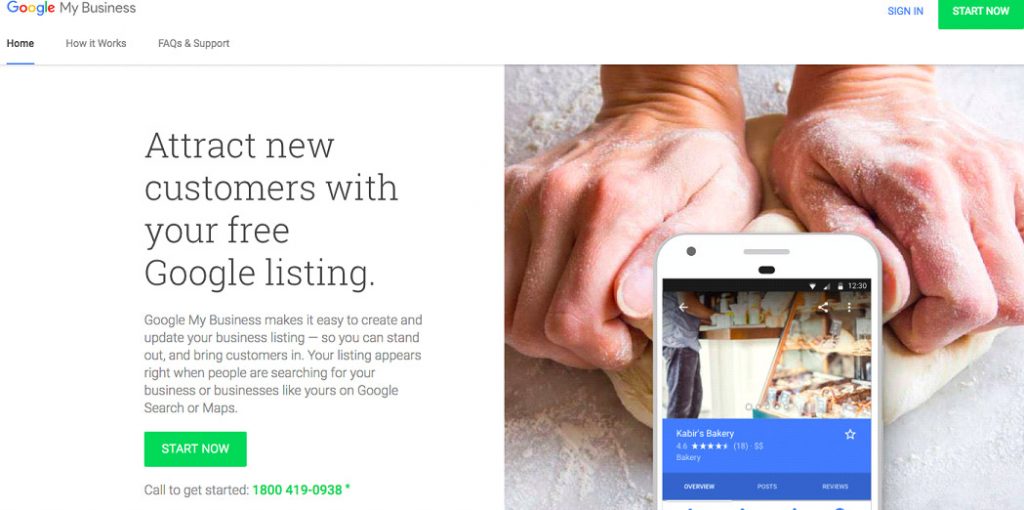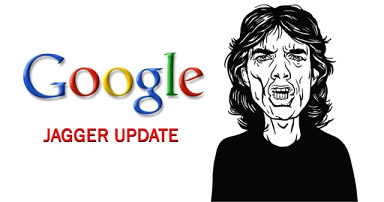WhatsApp Statistics Every Marketer Should Know in 2025
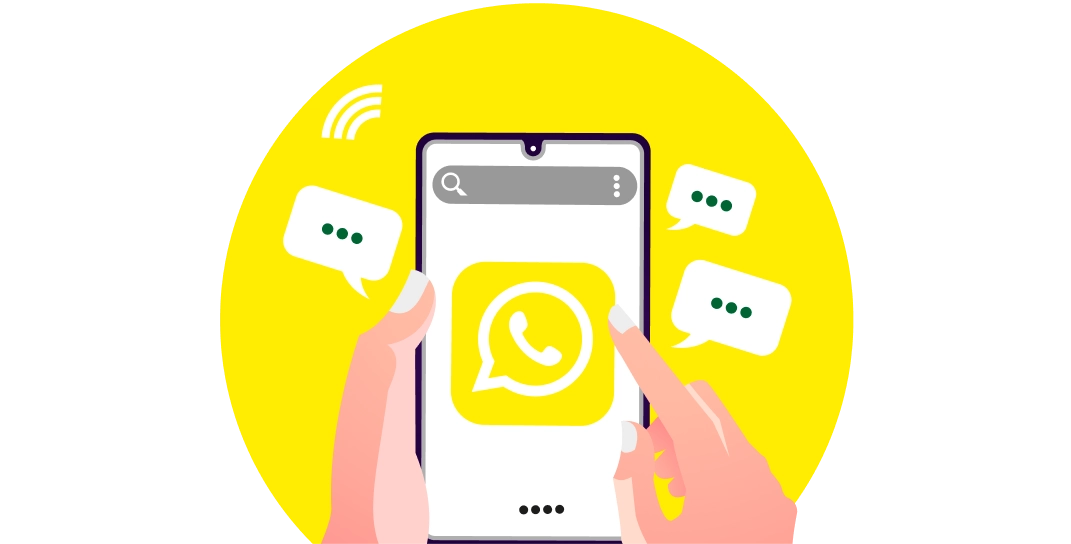
In 2025, WhatsApp dominates global messaging with over 2.8 billion users and 57 million June downloads. Businesses increasingly leverage its features like status, API, chatbot, and catalogs for customer engagement and conversions. With a 98% message open rate and widespread usage, WhatsApp is now a vital tool for marketing, sales, and communication.



